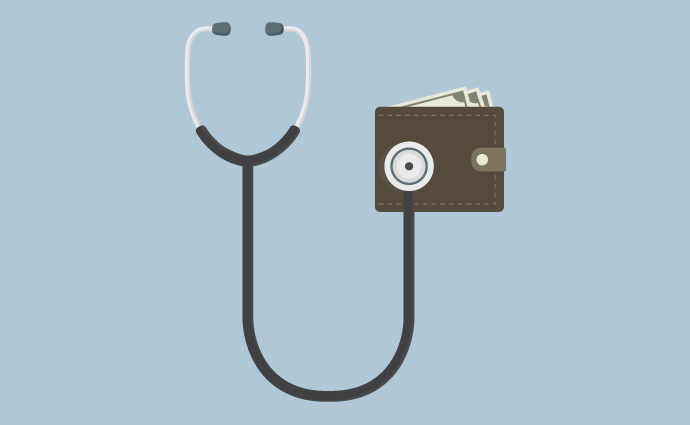1 in 3 Rural Adults Report Issues Affording Medical Bills
32% of rural adults reported problems paying dental and medical bills, including 19% saying they have major affordability problems, a JAMA study reveals.

Source: Thinkstock
- One in three rural adults have problems paying their medical bills or dental treatments even after the implementation of the Affordable Care Act, according to a recent study by researchers at the Harvard T.H. Chan School of Public Health.
Published in JAMA Network Open on January 8, the analysis of 1,300 adults in 2018 and 1,405 adults in 2019 showed that adult patients have significant problems paying medical bills and accessing healthcare.
Specifically, 32 percent of survey respondents had problems paying bills or dental treatment, including 19 percent of rural adults who reported major problems. Additionally, 44 percent of adults with lower incomes (less than $25,000 per year) said they struggled with medical bill affordability.
The study also revealed significant problems with opioid and drug addiction and abuse, as well as the general economy, in rural areas.
“Our results are consistent with other research findings suggesting that the rural population has limited health care options, and US populations across the urban-suburban-rural continuum continue to experience issues with health care costs, access, and quality,” researchers wrote in the study.
Patient financial responsibility has been a challenge in healthcare for quite some time. Out-of-pocket costs increased by 14 percent in 2018 according to a November 2019 report from Access One. In addition, over half of survey respondents reported that they spent at least $1,000 on medical care in the past 12 months, and 38 percent said they spent more than $2,500 on health bills.
Provider prices are also increasing and patients are becoming more responsible for a bigger share of their medical bills. Hospital prices for inpatient services rose by 19 percent from 2013 to 2017, an August 2019 analysis from UnitedHealth Group found. Physician prices for those same services increased by 10 percent during the four years.
Rising prices and patient financial responsibility are prompting some rural residents to skip care altogether, the new study found.
In the study, 26 percent of rural adults said that they faced a problem receiving care when they needed it, including 24 percent who had health insurance. Of those individuals who did not receive care when they needed it, 45 percent that they could not afford it. Meanwhile, 23 percent cited problems with inaccessible healthcare locations, 22 percent reported difficulties getting appointments, and 19 percent had trouble finding a physician who would accept their health insurance
This led to issues with care quality, the study found. On the quality of care they received, 28 percent of rural adults said they felt there was a problem with the quality of care they received in the past few years.
Solving these healthcare problems may take some outside intervention, rural adults stated in the study. Over one-half of respondents (58 percent) said their community needed outside help with solving major community issues. Of these respondents, 61 percent agreed that state government, federal government, and county or regional government were the top three to play the greatest role in finding a solution to major issues.
The federal government is already stepping in to help rural residents tackle healthcare affordability and access problems. For example, the Trump Administration is looking to implement healthcare price transparency rules to empower consumers to shop for the highest value care. The administration finalized a rule in 2018 that required hospitals to publish their chargemasters online, and a new rule expanded on that, mandating hospitals to publish payer-specific negotiated prices and other pricing information by 2021.
State governments have also released their own price transparency laws in response to medical bill affordability issues.
Federal and state governments are also seeking to relieve healthcare accessibility problems in rural American.
For example, the Health Resources and Services Administration (HRSA) awarded $20 million in grants to increase rural access to care programs in 2019. Specifically, 21 states received nearly $750,000 in Rural Residency Planning and Development Program grants.
Rural residents are five times more likely to live in a county with less than one primary care physician per 2,000 people compared to urban and suburban residents, UnitedHealth Group reported.
“Programs like the Rural Residency Planning and Development grants take aim at one of the most persistent disparities: access to high quality healthcare providers,” said HRSA administrator George Sigounas, MS, PhD. “HRSA is committed to increasing the number of providers serving rural communities and improving health in rural America.”
